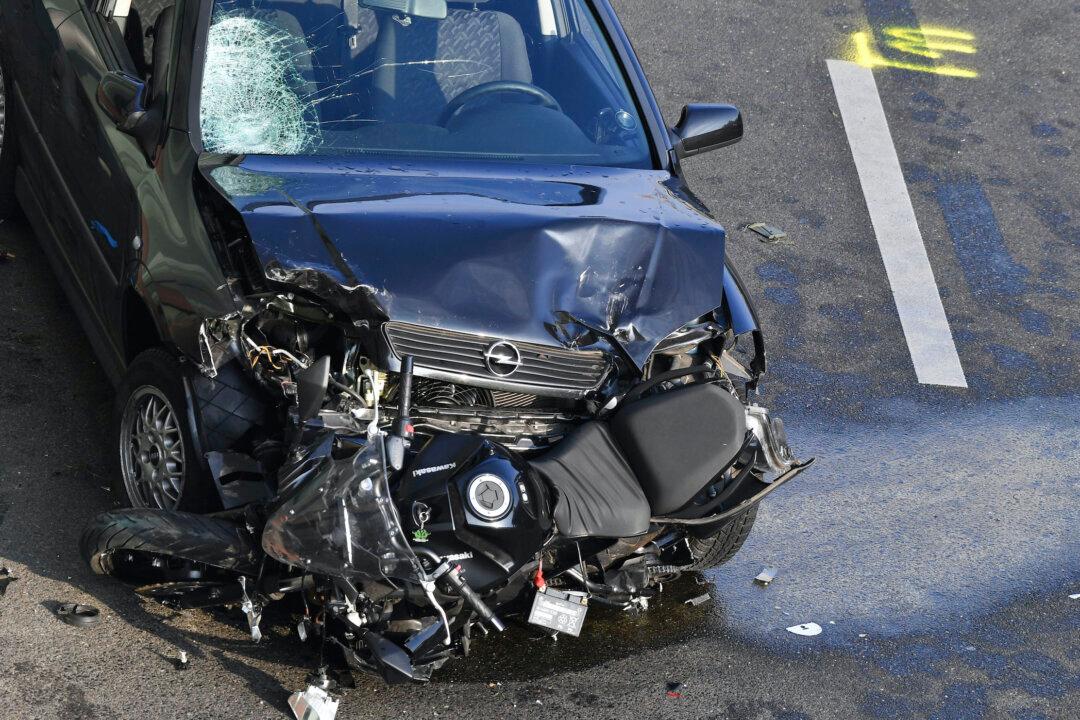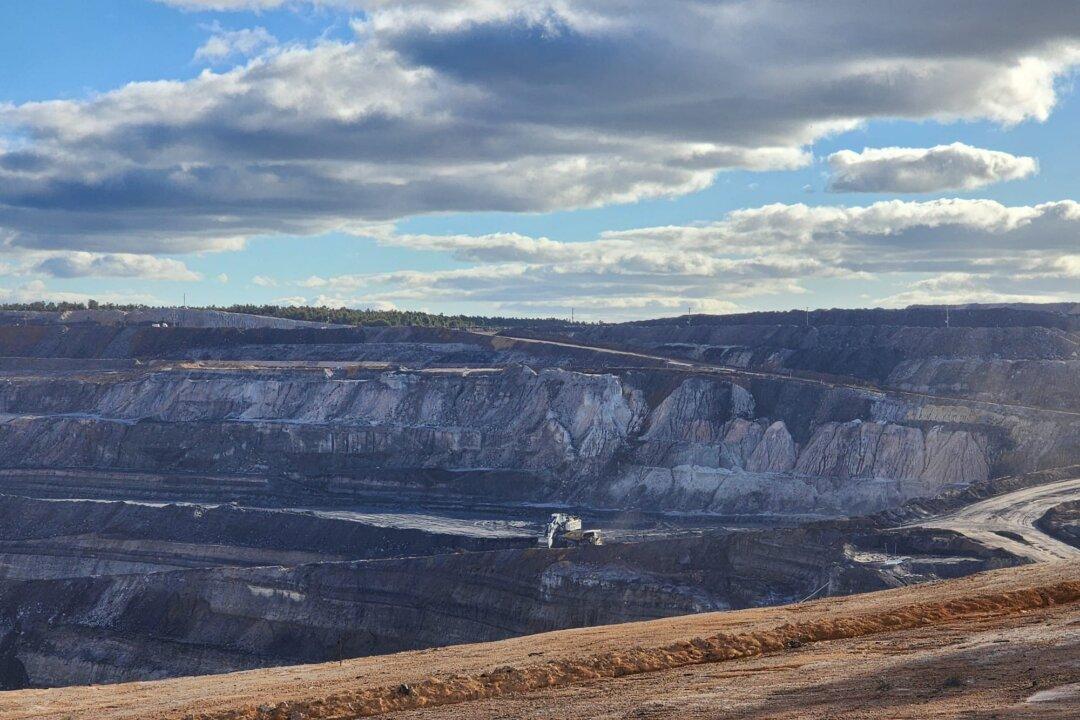AAMI, an Australian general insurance provider, has published its list of worst crash sites across Australia in its annual 2023 Crash Report, showing some familiar locations as a ‘worst crash hotspot’ in each state as many of the same roads appear on the crash hotspot list year after year.
According to AAMI’s annual Crash Index, Melbourne’s Plenty Road in Bundoora in the North-East suburb has been dishonourably crowned Australia’s most fatal crash hotspot for six years in a row.




